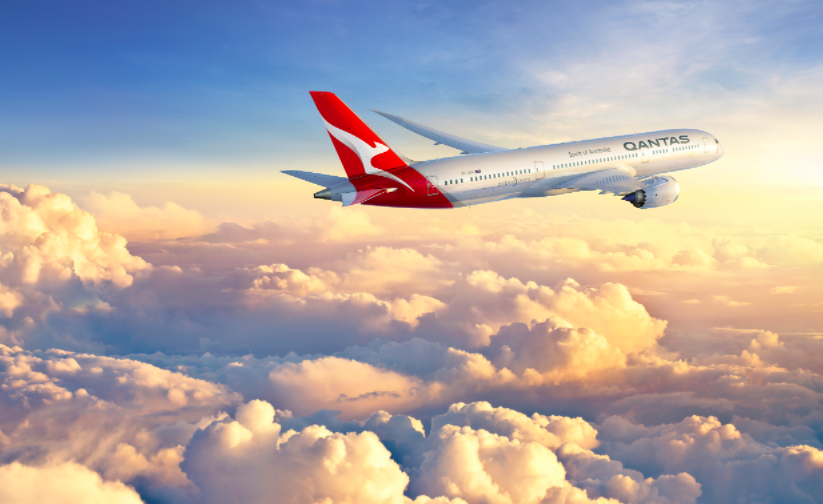Qantas is charging Australians up to third more than UK customers
Could the fare hikes be due to Western Australians desperate to flee lonely Perth for London?

“Where does a pom keep his wallet?” goes an old Australian joke.
“Under the soap.”
Those who believe that British travellers are as careful with their money as they are neglectful of their personal hygiene will gather more evidence from the announcement this week of fares for the first non-stop passenger flight from the UK to Australia.
On 25 March 2018, QF10 will take off from Heathrow, destination Perth in Western Australia. Qantas, the airline launching this revolutionary route, naturally wanted to gather as much publicity as it could, and put out a comprehensive media release. Or rather, two subtly different communiques.
The London release was essentially the same copied-and-pasted message as the one from the airline’s Sydney HQ, with lines such as: “The services will be operated by Qantas’ new Boeing 787-Dreamliner – an aircraft designed specifically for comfort on long-haul sectors”. But when it came to specifying the lowest fares in each class, they diverged significantly.
From London, the lowest projected economy fares are “below £900 return during deal periods”. Business class begins at £4,240.
From Perth, the tickets are sharply more expensive; for clarity, I have converted them to sterling at Friday morning’s interbank rate.
Australians can expect the price to drop below £1,157 return “during sale periods”. The lowest business-class fare: £5,628.
In other words: for 18,018 miles of travel in the same seats on the same planes, passengers who want the cheapest ticket from Perth rather than London will typically pay one-quarter more in economy. Up front, it is more extreme: the travelling executive who buys in Australia coughs up one-third more than his or her counterpart in the UK.
So what’s going on? A Qantas spokesperson told me: “Like all airlines, our fares at either end of a route can be different for a variety of reasons. These include seasonal market demand, currency strength and exchange, and the general aviation market in each country.
“For example during the late-March and April travel months when the direct London-Perth services commence, the difference in fares will be reflective of traditionally stronger demand for Australians travelling to the UK and Europe, whilst the demand for UK and European travellers to Australia is generally lower.”
Of course, nothing is so fickle and fast-moving as an air fare, and it is often difficult to draw meaningful conclusions from snapshots of prices; as Qantas says, seasonal demand can vary dramatically. But the evidence I am looking at is not a comparison of fares at a given moment: it comprises carefully prepared messages issued by the same airline at the same moment on different sides of the planet about anticipated fare levels over time.
The UK-Australia market is intensely competitive, with rivals from Asia and the Gulf taking on the “home” airline at each end of the route.
That’s why British Airways now flies the flag with just a single Boeing 777 every day, compared with the multiple BA jumbo jets that used to fly to all the mainland state capitals. And with the Boeing 787 replacing a much bigger Airbus A380 at the Qantas gate at Heathrow, the Australian airline is cutting the number of seats it offers to Europe to the lowest number since the beginning of the jumbo age in the early 1970s.
It is perfectly rational for Qantas to extract the most it can from each of those seats. And if Australian passengers will tolerate significantly higher fares than their British counterparts, the airline will respond accordingly.
Whatever the reason, while Aussies get the rough end of the deal, UK travellers can for once indulge their good fortune and snap up a relative bargain.
Where’s that wallet again?
Join our commenting forum
Join thought-provoking conversations, follow other Independent readers and see their replies
Comments
Bookmark popover
Removed from bookmarks